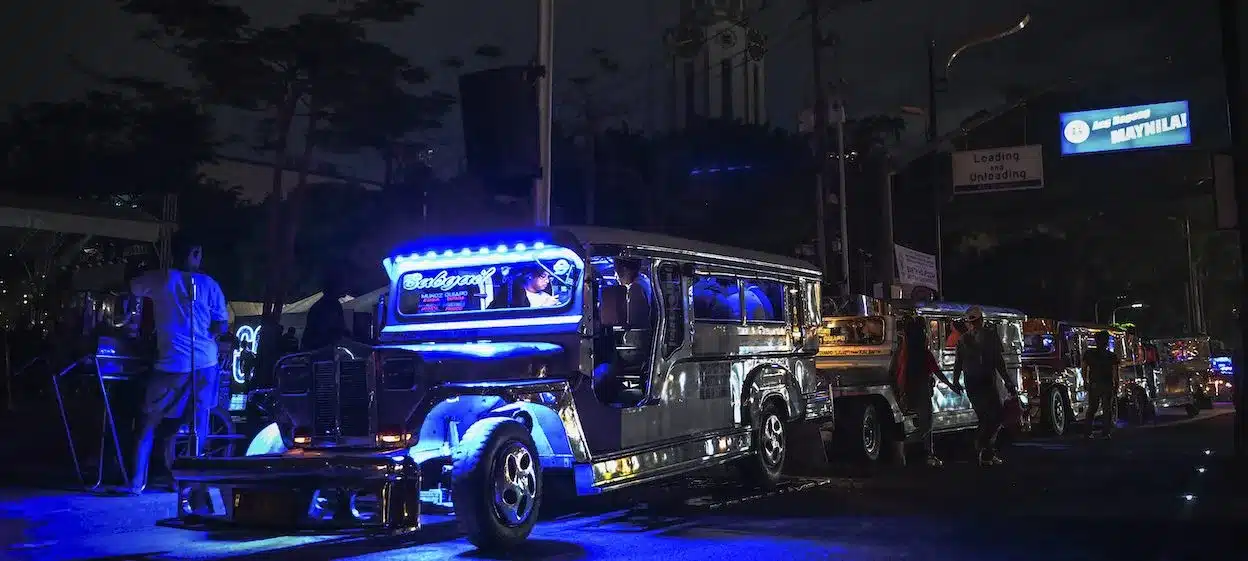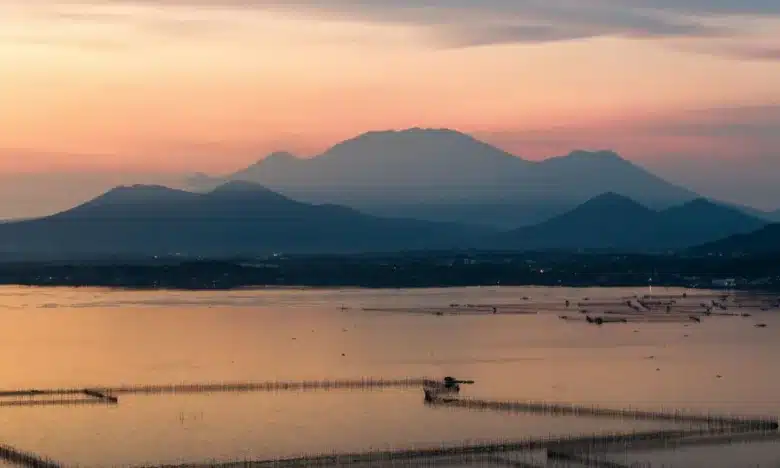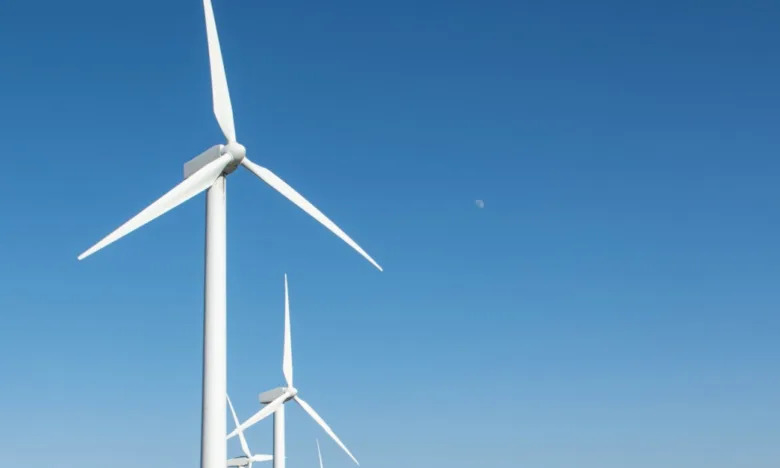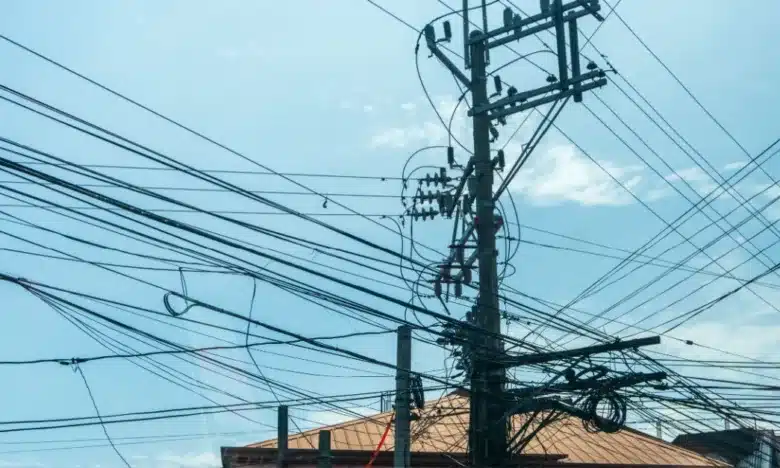
How Do You Measure Energy Security in the Philippines?
- November 5, 2024
The nation’s economic agenda prioritizes energy security, as mentioned by the President of the Philippines in November 2023. Recent government activity including the expedition of permitting processes and the renewal of a prominent natural gas concession are indicators that it is being implemented earnestly.
What is energy security to the Philippines? Various international organizations and the Philippine Development Plan 2022-2028 indicate six relevant elements: sufficiency, reliability, resilience, affordability, accessibility, and sustainability. Assessing the country’s efforts toward energy security means monitoring and measuring all of these elements, with varying priorities on a case-to-case basis. For example, accessibility is more relevant to the Philippines than other countries, as its status as a developing nation means that a large part of its population has yet to receive universal access to energy.
A recent paper analyzed all six factors, and has concluded that all elements hold equal weight in the country.
Firstly, supply must be sufficient. In 2009, the country’s energy self-sufficiency ratio peaked at 62%, but is on a continuous decline, plummeting to 51% by 2021. According to an index measuring the market concentration of energy imports with respect to source countries called the Hirschmann-Herfindahl Index (HHI) for Philippine energy imports, the country’s coal HHI has reached an apex of 0.954 in 2021 due to the Philippines’ reliance on coal from Indonesia. The country’s HII for crude oil imports has plummeted to 0.451 in 2021, indicating increased diversification of oil import sources. However, majority of the country’s oil supply is still imported from the Middle East, rendering it vulnerable to geopolitical and market risks.
Secondly, energy supply must be reliable or continuously available. The danger zone of the electrical power system where the available capacity fell drastically short of the over 25% of peak demand standard has occurred frequently from 2018-2019. This lack of reliability can be felt all the way to the distribution utility level. The system average interruption frequency index averaged at 46.01 power interruptions per customer by 2021, nearly double the regulatory benchmark of 25 interruptions per annum per customer.
Third, the energy system must be resilient. The decline of the oil industry resists a proposed legislation on mandatory minimum oil inventory, initially created to bolster resistance to supply disruptions. However, there has been a total of only five incidents of on-land oil stocks exceeded the proposed mandatory inventory level of 30 days in 25 years, between 1996-2021.
Fourth, affordability of energy products is inseparable from energy security. As of April 2024, the Philippines had the third highest gasoline and detail retail prices (USD1.31 per liter and USD1.09 per liter, respectively) in Southeast Asia, with the second most expensive electricity (USD0.199 per kilowatt-hour for residential consumers and USD0.139 per kilowatt-hour for business consumers) as of September 2023.
Accessibility comes in fifth, as the Philippines struggles to grasp its goal of universal electricity access. Most ASEAN countries have already reached near-universal or universal electricity access as of 2020, with the Philippines and Myanmar trailing at last place with 92.96% and 57.3% electrification rate respectively.
Finally, sustainable energy production and consumption rounds up the indicators. There has been a steady decline in the Philippines’ carbon emissions per unit of gross domestic product (GDP), dropping to 0.007 metric tons of carbon dioxide equivalent (MTCO2e) per billion pesos of GDP in 2021. This indicates less pollution per unit of production for the country. However, an uptrend is seen in consumers’ emissions per capita, reaching 1.1833 MTCO2e per million population in 2021. This must be reversed by reducing production and consumption.
Should policymakers assess energy security with these indicators as a framework, they may have a better sense of which issues should be prioritized in a given circumstance, providing policy interventions as necessary. Since there is huge potential for indigenous energy resource development, it is incumbent upon Filipino legislators to clarify some vague and incomplete policy and regulatory frameworks for upstream energy development. Further improvements include allowing entry points for direct foreign investment and incentivizing innovations to expedite the country’s electrification program.
Other urgent policy interventions are energy sector development standard strategies, a framework we can share with the rest of the ASEAN region. These include: improving the reliability and resilience of the power system by upgrading the transmission and distribution infrastructure, reducing the prices of final energy products by facilitating clean energy transition and competition between providers, and incentivizing green finance and clean energy for the private sector to increase sustainability. Mutual cooperation between the Philippines and its ASEAN neighbors also make for long-term symbiotic sustainability. An example of this is the energy cooperation pact between the Philippines and Indonesia which invites sharing of each country’s abundant energy transition minerals in the race towards clean energy, aside from revising their agreement on secured coal supply.
Analyzing the components of energy security using the six indicators provides evidence-based paths to understanding and decision-making for the country’s energy issues. Through a clear explanation of objectives and measurement of progress or decline, using this method is reproducible in the rest of ASEAN with the presence of accurate data.
Thailand and Cambodia set a positive example in mitigating import risks and ensuring steady energy supply through their negotiations in a possible joint hydrocarbon exploration in the Gulf of Thailand. Thailand’s indigenous natural gas supply is depleted, further exacerbated by internal conflict, Western sanctions, and the disruption of import shipments in its main import source, Myanmar. On the other hand, Cambodia is in need of natural gas, a cheaper alternative and transition fuel, since it has banned greenfield coal power plants. This trend shows that the ASEAN region’s best chance at a successful energy transition is to come up with solutions together.



